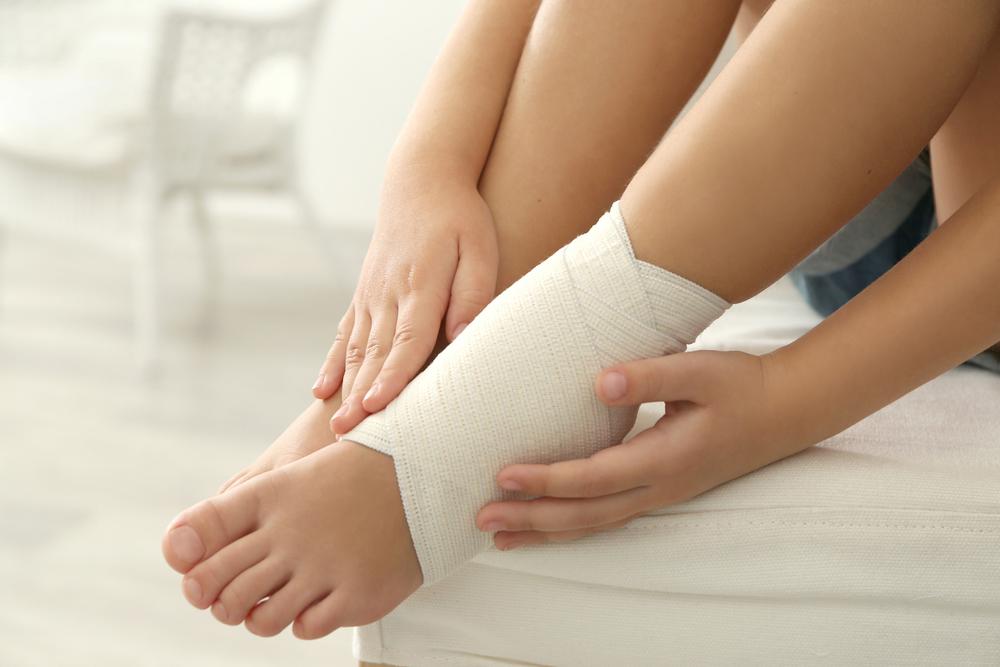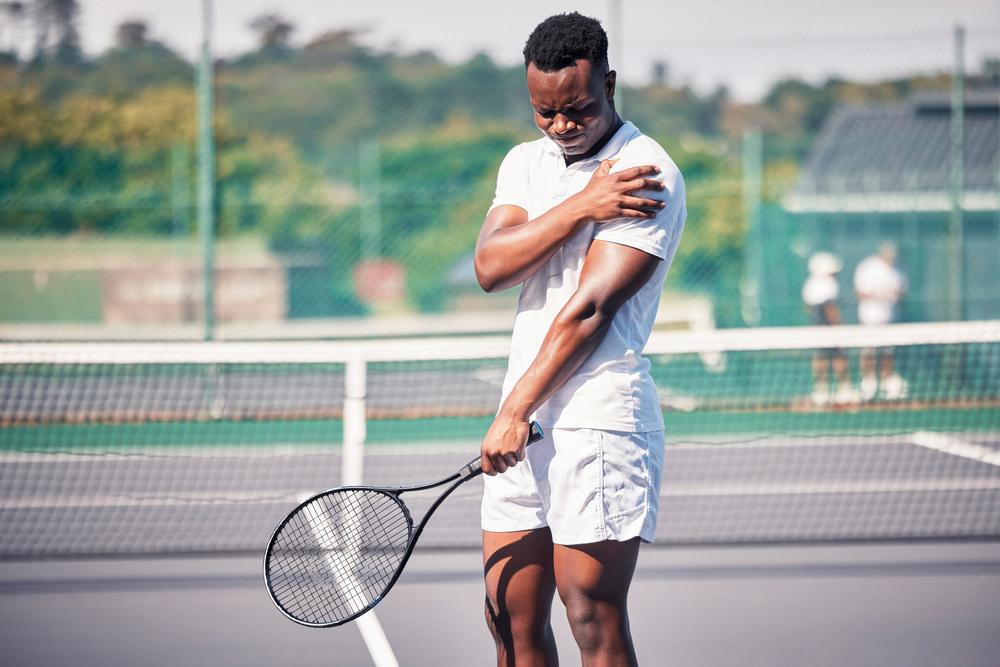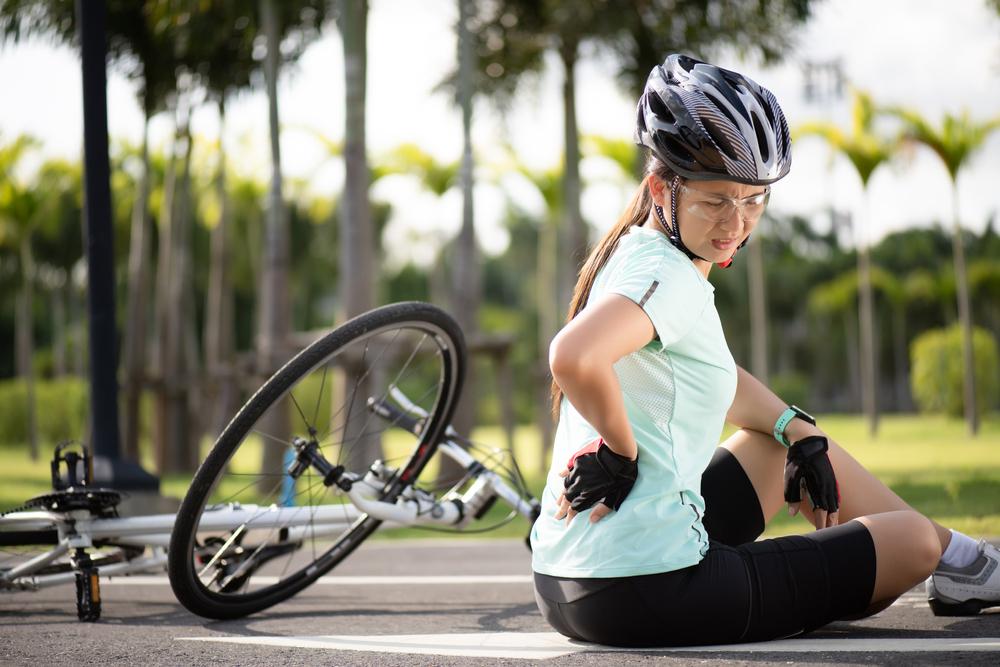 Sports injuries are inevitable.
Sports injuries are inevitable.
For younger athletes, having to quit playing sports due to injury can be extremely disheartening. Often, overcoming injury for youth athletes is a long, frustrating process that not only takes a toll physically, but also mentally.
Recovery time varies by severity, sport, and the athlete’s background. But a good physical therapist should create a recovery plan for your athlete that not only helps them recuperate the physical injury, but also teaches them how to prevent future ones.
Likewise, positive support from parents and coaches should help the athlete regain the confidence to step out onto the field or court once they are cleared to play.
Physical Recovery Roadmap
According to the Center for Disease Control, sports are now the leading cause of adolescent injury. Injuries that were uncommon to see in youth athletes 25 years ago are now prevalent due to athletes specializing in one sport at younger ages, and other factors.
A child’s primary care physician or if need be, a sports injury specialist, should always offer recovery strategies and instructions specific to your child’s injury, age, and sport.
In general, their ‘roadmap to recovery’ should contain a hierarchy of goals or benchmarks like the following:
1. Allow time to rest and heal (even if it means doing nothing)
2. Restore full range of motion in the injured area
3. If it’s a leg injury, restore the normal gait (no limping)
4. Regain muscle strength in all parts of the body
5. Regain cardiovascular endurance
6. Rebuild sport-specific skills
7. Regain mental confidence
8. Learn ways to help prevent future injury
Regular check-ins with your child’s physical therapist or a trainer will help ensure your athlete follows their specific recovery plan.
Skipping these steps and trying to return to sports prematurely often leads to more injury.
Mental Recovery Tips
When athletes are given the green light to begin training again, it can be startling for them to discover their bodies can no longer perform the way they did prior to their injury. Realizing this will depress some athletes and anger others (who might deny their new limitations). If sports were an especially important part of an athlete’s life and social identity, many may also feel lost.
According to Licensed Professional Counselor Melissa Lambert, these negative attitudes and emotions can be mitigated by keeping four things in mind:
• Develop a support system to help with coping: Sports are a great tool to teach children how to live with undesirable outcomes (a tough loss, a bad performance). Similarly, an athletic injury allows the athlete’s support system to teach ways they can manage the disappointment that comes with being injured. Lambert says:
“A child may think about losing their starting spot and how they can’t support their team. The opposite would be for the child to focus on coming back stronger and prioritizing their need to be healthy. Having a positive support system can help the child facilitate these thoughts, increase motivation for recovery and enhance overall mood.”
• Reassess the athlete’s athletic goals: When an athlete gets hurt, it’s important to reflect and ask if the injury was the cause of overtraining or having goals that were too ambitious or demanding.
While overcoming injury for youth athletes, goals should be laid out by the physical therapist or coach that are SMART and allow the athlete to record mental wins that will restore their confidence as their physical strength improves.
• Offer positive reinforcement outside of sport: While an athlete is on the DL, it’s especially crucial to give them positive reinforcement in relation to their injury and in their life, outside of sports:
“If an injury occurs that prevents the same outcomes of athletic success and attention, there needs to be a focus on other areas. This isn’t about coddling and reinforcing helplessness, but rather teaching athletes that they can be talented in multiple areas and receive positive reinforcement in those areas. All humans need attention, a sense of accomplishment and time for play.”
• Be attentive to their emotional development: Today’s age of competitive youth sports brings along an increasing amount of pressure. It’s important to take account of your child’s emotional maturity. Even if a child seems physically capable of playing in a certain league, emotionally they might be better off in a more recreational one.
Preventing Future Injury
The ultimate goal of overcoming injury for youth athletes is not only to get them healthy and back on the field feeling confident, but also to teach them how to avoid being sidelined again.
During physical therapy, a good PT should give your athlete a list of exercises they can do to further strengthen and maintain the recovered area at the end of each workout or game.
If the injury happened due to improper mechanics (e.g., an irregular throwing motion in baseball), a coach or physical trainer should help the athlete correct the movement. Strength and balance training are also invaluable to preventing injury.
Finally, PTs, trainers, and coaches should teach athletes other exercises they can do safely while their injury heals. This can help preserve an athlete’s fitness and strength levels, making for an easier transition when they are cleared to return to their sport.
Sources:
http://athletesacceleration.com/help-young-athletes-stay-mentally-strong-during-recovery
http://www.rehabpub.com/2012/10/injury-recovery-and-the-youth-athlete



